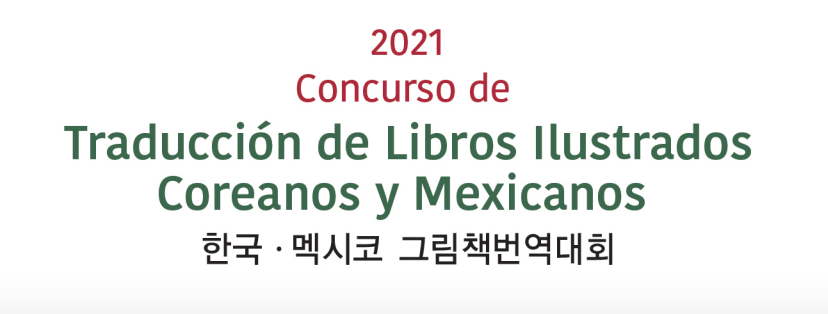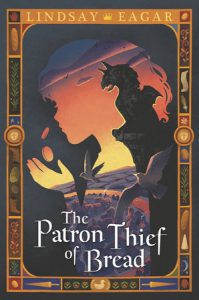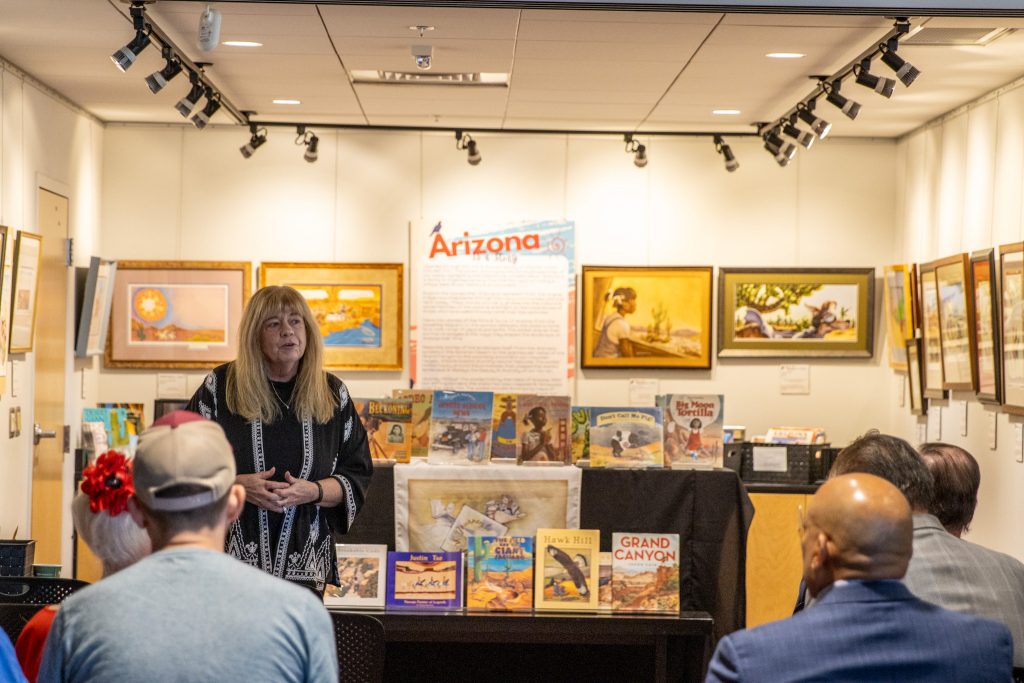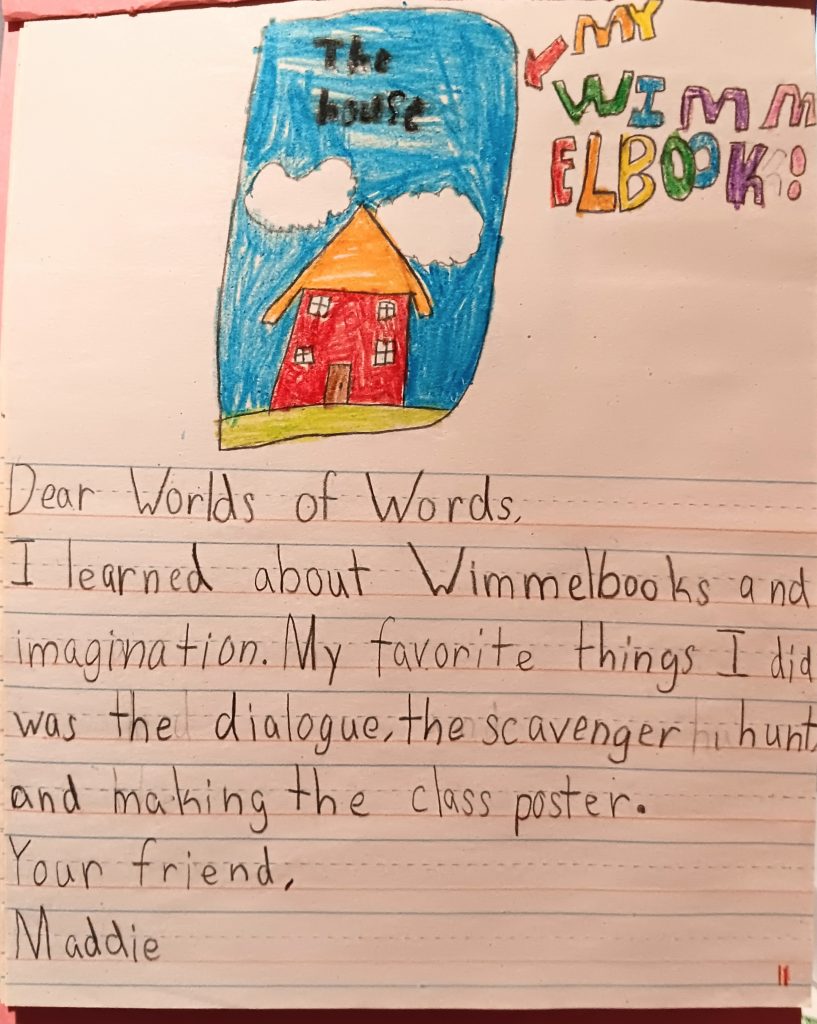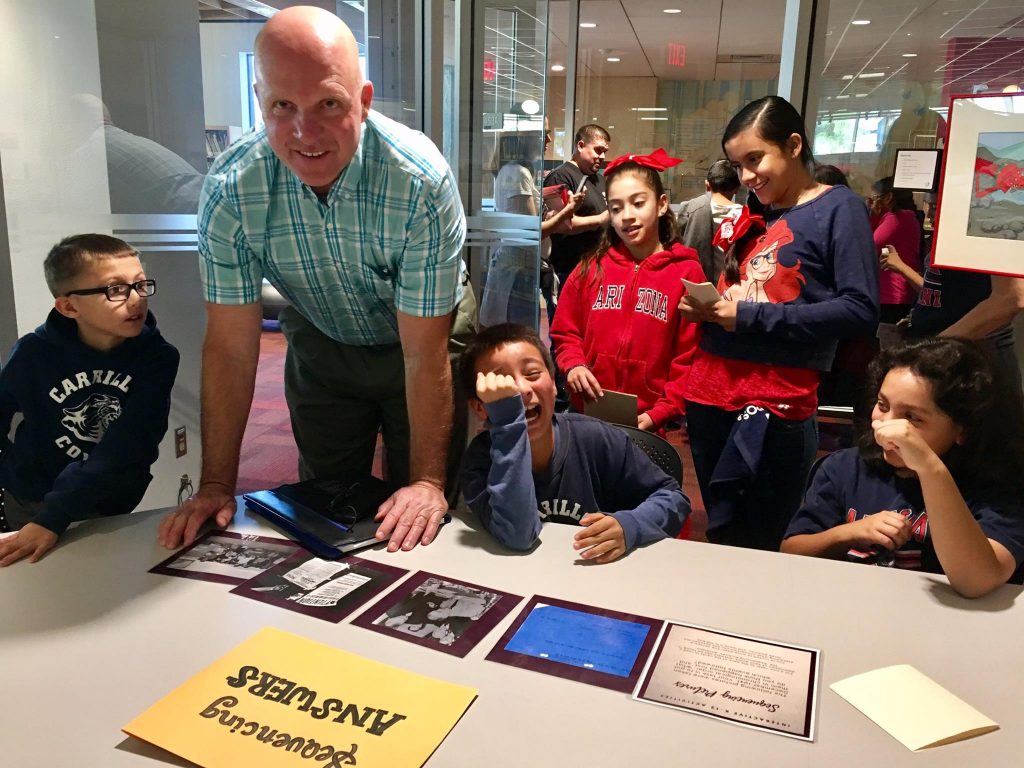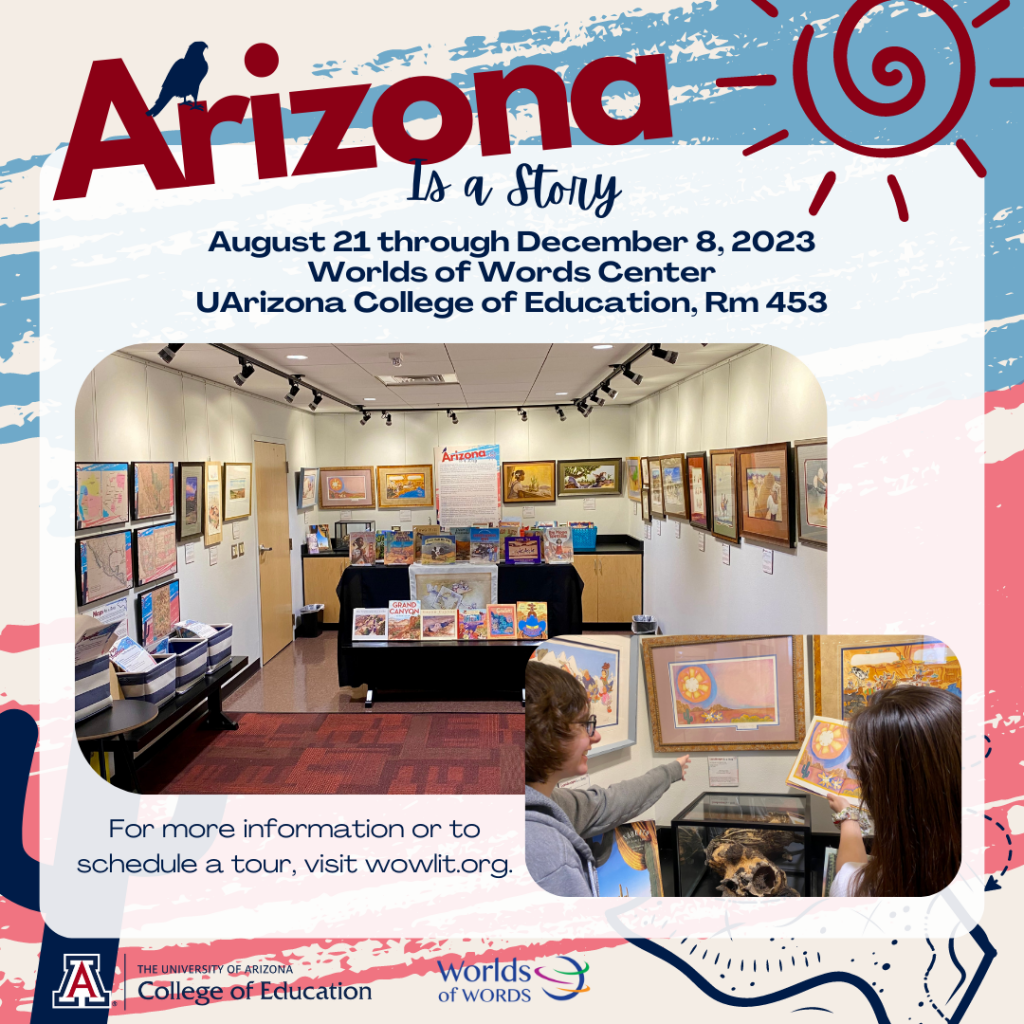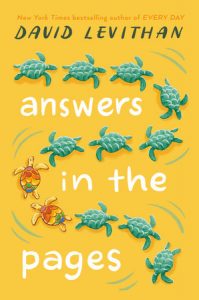By Kathy G. Short, University of Arizona, Tucson, AZ
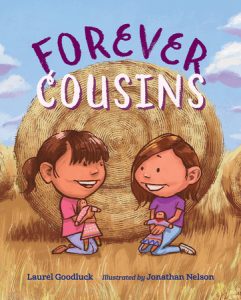 Festivals are an opportunity to connect with well-known authors who win awards and are on best-selling lists. Plenty of those authors are coming to the Tucson Festival of Books this year, such as Kate DiCamillo, Donna Barba Higuera, Roshani Chokshi, John Parra, Sayantani DasGupta, Jennifer Nielson, Kazu Kibuishi, R.L. Stine, Marissa Meyer, Shelby Mahurin, and Gene Luen Yang. They will appear on panels, solo sessions, and workshops, giving readers a chance to talk with the authors they admire and love to read.
Festivals are an opportunity to connect with well-known authors who win awards and are on best-selling lists. Plenty of those authors are coming to the Tucson Festival of Books this year, such as Kate DiCamillo, Donna Barba Higuera, Roshani Chokshi, John Parra, Sayantani DasGupta, Jennifer Nielson, Kazu Kibuishi, R.L. Stine, Marissa Meyer, Shelby Mahurin, and Gene Luen Yang. They will appear on panels, solo sessions, and workshops, giving readers a chance to talk with the authors they admire and love to read.
What is often overlooked is that festivals are also an opportunity to meet new authors and illustrators who are making their mark on the field, adding their books as new favorites. Recent illustrators who have published picturebooks will appear on panels and give illustrator studios this year. Jonathan Nelson is the Diné illustrator of Forever Cousins (2022) and A Letter for Bob (2023), demonstrating his commitment to illustrating Native stories by Native authors. A Letter for Bob celebrates the treasured family car that has taken a young girl’s family through happy and sad times. In Lian Cho’s new picturebook, Oh, Olive! (2023), Olive loves to smear, spatter, and splash with a brush in each hand, but faces the displeasure of her parents who are serious artists, painting proper perfect shapes. Continue reading →
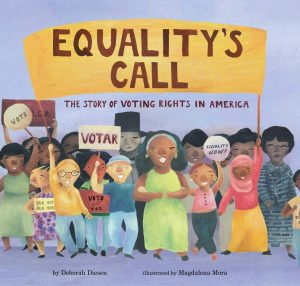 Jane Goodall recently outlined, “Every vote matters, more this year than perhaps any time in history.” As voters from the United States to South Africa, Mexico, India and beyond enter a major election year, Jane urges anyone who will listen to pause and consider each candidate’s record on a single issue–her/his/their efforts to support the health of our Earth. Yet we know U.S. voters will ponder additional issues, ranging from the economy and democracy to immigration, reproductive rights, foreign policy, gun rights, equality and more. Continue reading
Jane Goodall recently outlined, “Every vote matters, more this year than perhaps any time in history.” As voters from the United States to South Africa, Mexico, India and beyond enter a major election year, Jane urges anyone who will listen to pause and consider each candidate’s record on a single issue–her/his/their efforts to support the health of our Earth. Yet we know U.S. voters will ponder additional issues, ranging from the economy and democracy to immigration, reproductive rights, foreign policy, gun rights, equality and more. Continue reading 

